Canada is home to a remarkable variety of ecosystems — from coastal rainforests in British Columbia to the vast Arctic tundra in the North. This biodiversity supports countless plant species, many of which are unique to the country. However, due to habitat loss, climate change, and human activity, several species are now at risk. In this article, we explore endangered plants in Canada, why they are important, and what is being done to protect them.
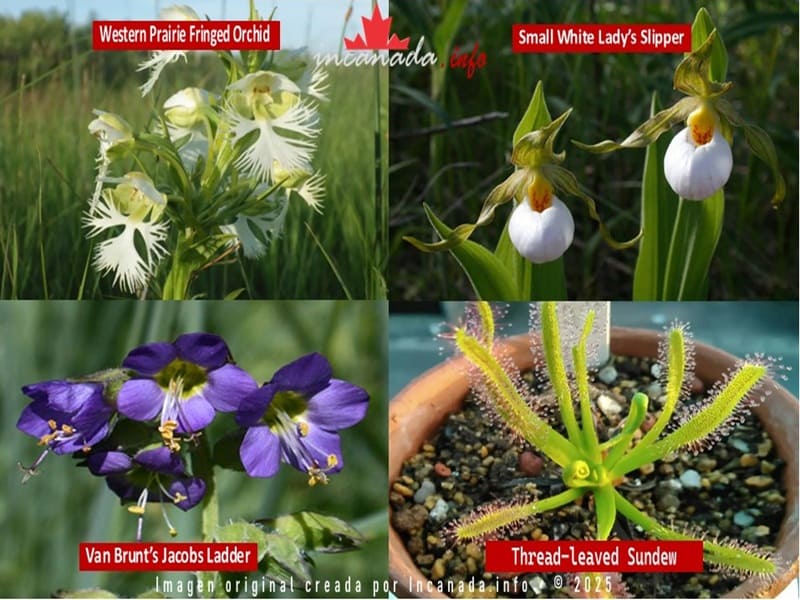
What Are Endangered Plants?
Endangered plants are species that face a high risk of extinction in the near future. In Canada, these classifications are determined by COSEWIC (Committee on the Status of Endangered Wildlife in Canada) and recognized under the Species at Risk Act (SARA). When a plant is listed as endangered, it receives legal protection, and conservation measures are implemented to safeguard its survival.
Top Endangered Plants in Canada
1. Western Prairie Fringed Orchid (Platanthera praeclara)
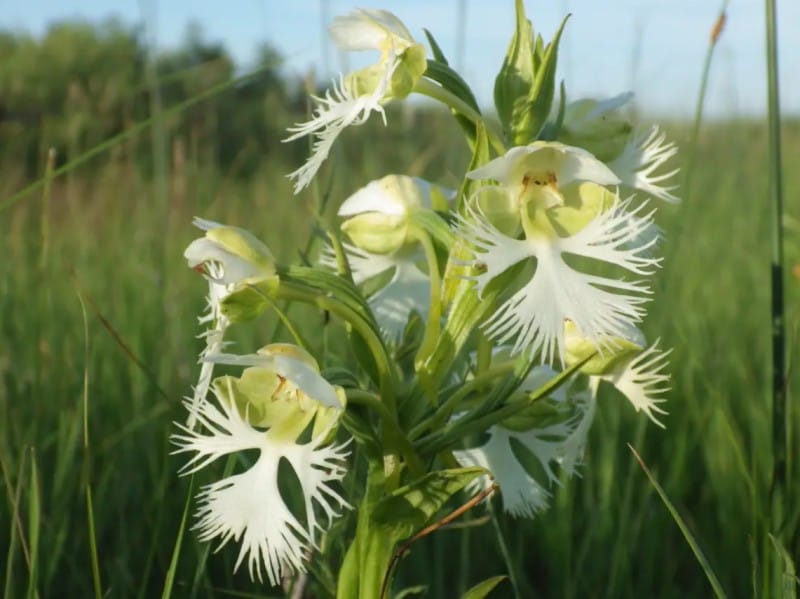
Found mainly in Manitoba, this beautiful wild orchid is endangered due to the loss of native prairie grasslands. It depends on pollination by nocturnal moths and thrives in undisturbed habitats. Agricultural expansion and land development have drastically reduced its range.
2. Pukaskwa Pincushion Lichen (Cladonia mbariensis)
The Pukaskwa Pincushion Lichen is an exceptionally rare lichen species found in the Pukaskwa National Park area of Ontario. It forms small, rounded, cushion-like colonies with a pale green hue. Unlike flowering plants, lichens are a symbiotic combination of fungi and algae, meaning they are highly sensitive to air quality and environmental conditions.
Its endangered status is due to limited distribution, climate change impacts, and disturbances from recreational activities. Because lichens grow very slowly, recovery from any damage can take decades, making habitat protection vital.
3. Small White Lady’s Slipper (Cypripedium candidum)
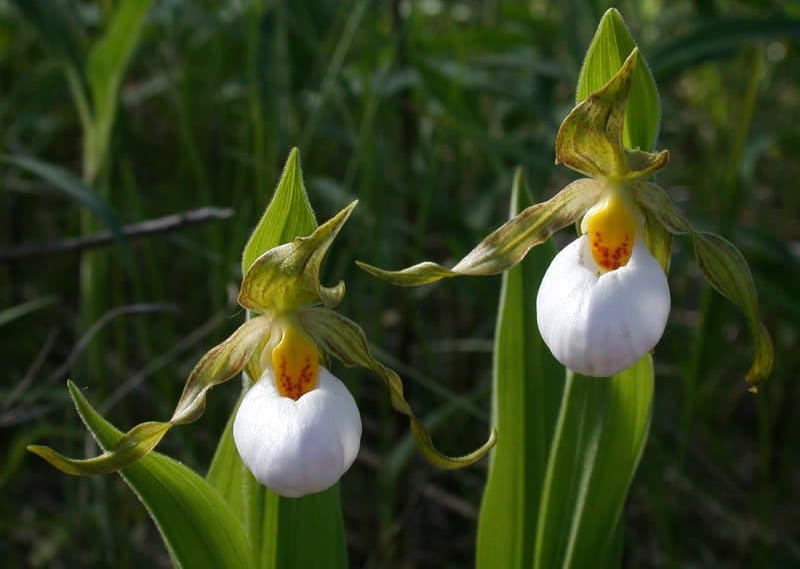
This rare orchid grows in open wetlands and prairies in Manitoba and Ontario. It is threatened by habitat destruction, invasive species, and changes in water levels. Its delicate white flowers make it a target for illegal collection.
4. Van Brunt’s Jacob’s Ladder (Polemonium vanbruntiae)
Found in wet meadows and stream banks in Quebec and New Brunswick, Van Brunt’s Jacob’s-ladder is a perennial plant with delicate purple-blue flowers. It blooms from late spring to midsummer and plays an important role in supporting native pollinators. The main threats include habitat fragmentation, grazing by livestock, and competition with invasive plant species. Conservation programs aim to create buffer zones along streams, regulate grazing, and educate landowners about its ecological importance.
5. Thread-leaved Sundew (Drosera filiformis)
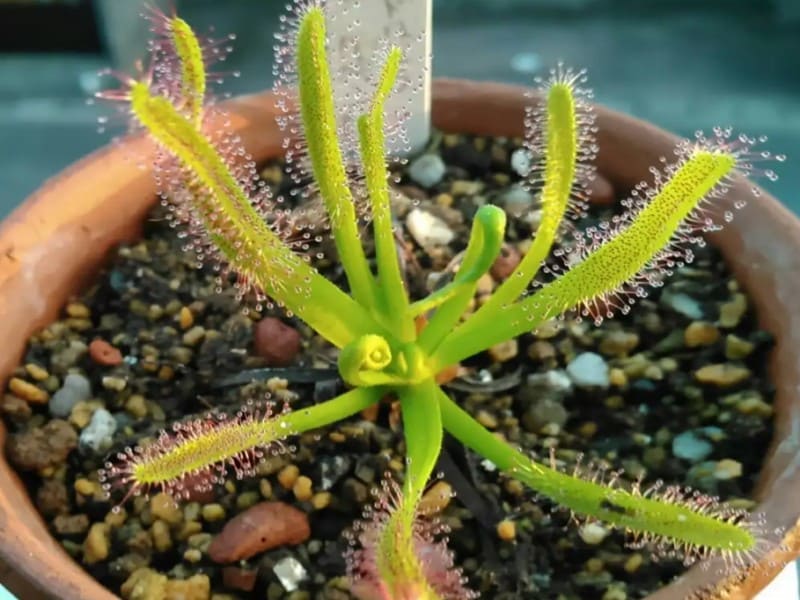
A carnivorous plant that grows in bogs of Nova Scotia, it relies on nutrient-poor soils and captures insects for survival. Habitat loss from peat extraction and land conversion has placed it at risk.
Why Endangered Plants in Canada Matter
The loss of endangered plants has a ripple effect on ecosystems. Plants are the foundation of food webs, provide habitat for wildlife, and help regulate the environment. When a plant species disappears, pollinators, herbivores, and other dependent species may also decline.
Moreover, many endangered plants in Canada have medicinal, cultural, or ecological importance. For example, Indigenous communities have used certain species for traditional healing and ceremonies for centuries.
Major threats to endangered plants in Canada
- Habitat loss due to agriculture, urbanization, and industrial projects
- Climate change altering precipitation patterns and temperatures
- Invasive species outcompeting native plants
- Pollution affecting soil and water quality
- Overharvesting and illegal collection
Conservation efforts in Canada
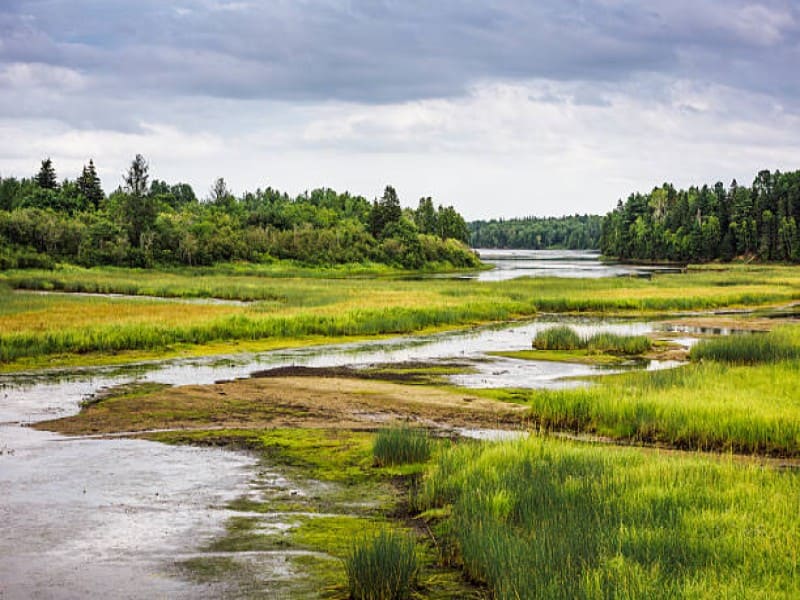
Canada has several strategies to protect endangered plants:
- Protected areas such as national parks and ecological reserves
- Restoration projects to rehabilitate degraded habitats
- Seed banks and botanical gardens preserving genetic diversity
- Public awareness campaigns encouraging citizens to protect native species
- Legislation under the Species at Risk Act ensuring legal protection and recovery plans
One example is the recovery program for the Western Prairie Fringed Orchid, which involves habitat restoration, controlled burns to manage invasive grasses, and research on pollination.
How You Can Help
Even individuals can contribute to saving endangered plants in Canada:
- Avoid picking or disturbing wild plants.
- Plant native species in your garden to support local biodiversity.
- Participate in citizen science projects tracking rare plants.
- Support conservation organizations working to protect Canada’s flora.
Conclusion
Endangered plants in Canada are a vital part of the nation’s natural heritage. Protecting them requires the combined efforts of governments, conservationists, and everyday citizens. By learning about these species and taking action, we can help ensure that Canada’s unique plant life continues to thrive for generations to come.
Passionate about Canada’s natural wonders? 🌿
Keep exploring the beauty and diversity of our country by reading more of our articles:
